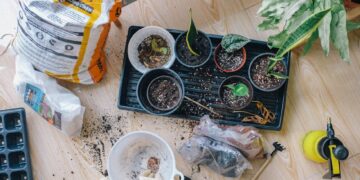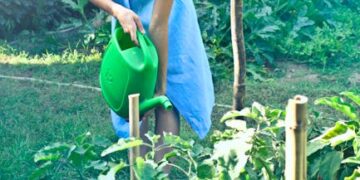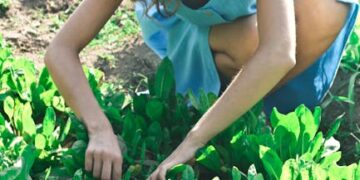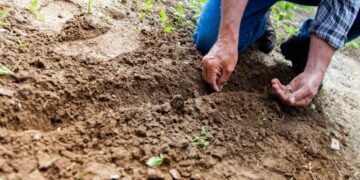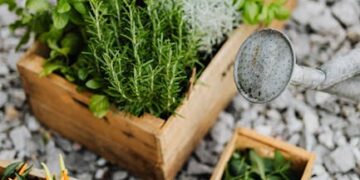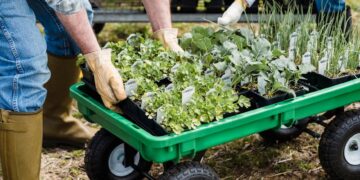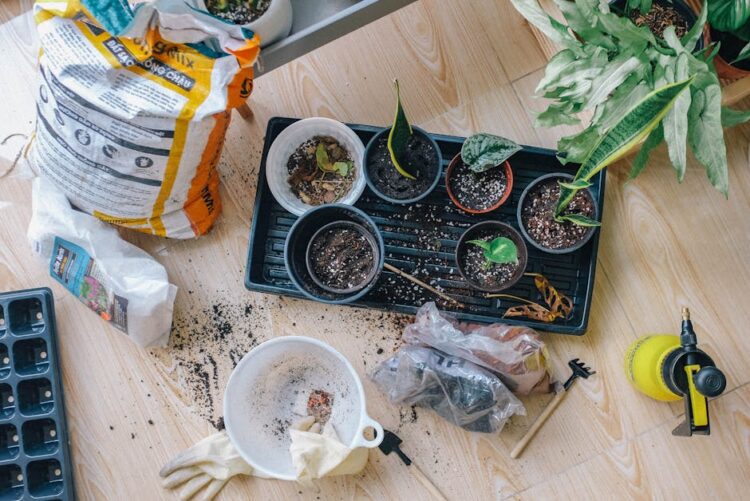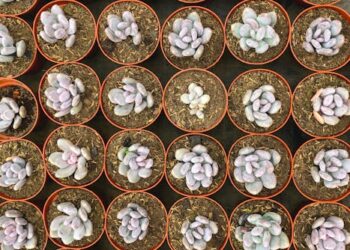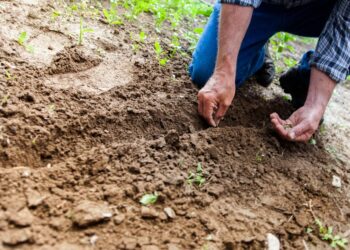Climate-Resilient Gardening: A Guide to Greening Your Garden
As climate change continues to pose significant challenges to our natural environment, the concept of climate-resilient gardening is becoming increasingly essential. This type of gardening not only helps in reducing the negative impacts of climatic anomalies but also empowers gardeners to cultivate a thriving garden that sustains through various climatic challenges.
Understanding Climate-Resilient Gardening
Climate-resilient gardening refers to the practice of growing plants in ways that are better equipped to withstand and adapt to changing climate conditions such as extreme temperatures, irregular rainfall, and increased pest occurrences. This practice involves selecting appropriate plants, modifying landscape techniques, and utilizing water efficiently to create a robust garden ecosystem.
Benefits of Climate-Resilient Gardening
- Sustainability: Encourages the use of resources in a way that does not deplete them.
- Biodiversity: Supports a wide variety of life, helping to maintain the balance of natural ecosystems.
- Reduced Carbon Footprint: By growing your own food and using sustainable practices, you contribute less to greenhouse gas emissions.
How to Create a Climate-Resilient Garden
Creating a garden that can withstand the whims of the weather is not only practical but also rewarding. Here’s how to get started:
1. Choosing the Right Plants
Select plants that are well-suited to your local climate. Native plants are often a good choice as they are adapted to the local environment and require less water and care than non-natives.
2. Soil Health is Key
Invest in your soil. Healthy, rich soil helps plants to develop strong roots which are essential for survival during extreme conditions. Composting and using organic matter can greatly improve soil quality.
3. Efficient Water Use
Implement water-wise gardening techniques such as drip irrigation, mulching, and rainwater harvesting to make the most of available water resources.
4. Plant Positioning
Consider the microclimate of your garden when arranging your plants. Placement according to sunlight, wind exposure, and moisture availability can make a significant difference.
5. Gardening Techniques
Adopt sustainable gardening techniques like permaculture or agroforestry that integrate the growing of crops with the natural surroundings.
Overcoming Common Challenges
Climate-resilient gardening is not without its challenges. However, with a few strategic approaches, these can be effectively managed:
Drought Conditions
During prolonged dry periods, focus on drought-resistant plants and conserve water with mulches and moisture-retaining soil treatments.
Extreme Cold and Heat
Use cold frames or cloches to protect against frost, and consider shade solutions or white reflective mulch for excessive heat.
Pest and Disease Control
Avoid chemical pesticides and opt for integrated pest management (IPM) techniques that involve the use of beneficial insects, disease-resistant plant varieties, and proper cleaning of tools and plant debris.
Engaging with Your Community
Gardening is often more rewarding when shared. Engage with local gardening clubs or online forums to exchange seeds, gardening tips, and encourage community resilience against climate challenges.
Continuously Learning and Adapting
The climate is continuously changing, and so should your garden strategies. Staying informed about the latest gardening advancements and climate-resilient practices is crucial. Participate in workshops, read gardening books, and perhaps, most importantly, observe your own garden to see what works best.
Conclusion
Climate-resilient gardening is not only about adapting to now but also preparing for the future. By employing these practices, gardeners can ensure that their green spaces remain healthy, productive, and beautiful, regardless of the climate challenges that lie ahead. Remember, every small step counts towards a bigger impact on our planet.
Start planning your climate-resilient garden today and sow the seeds for a greener, more sustainable tomorrow.

